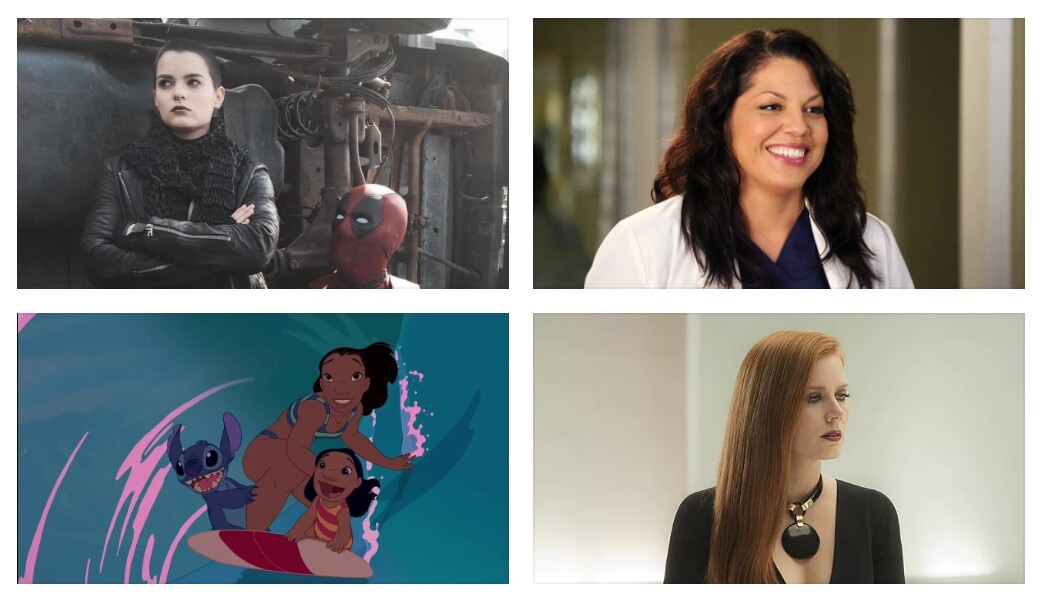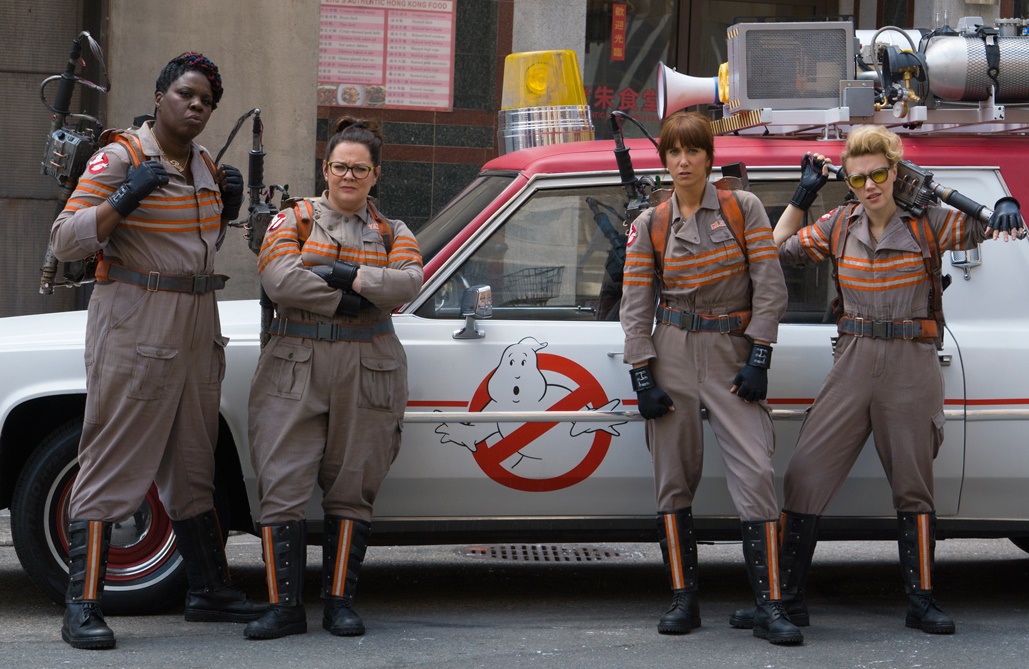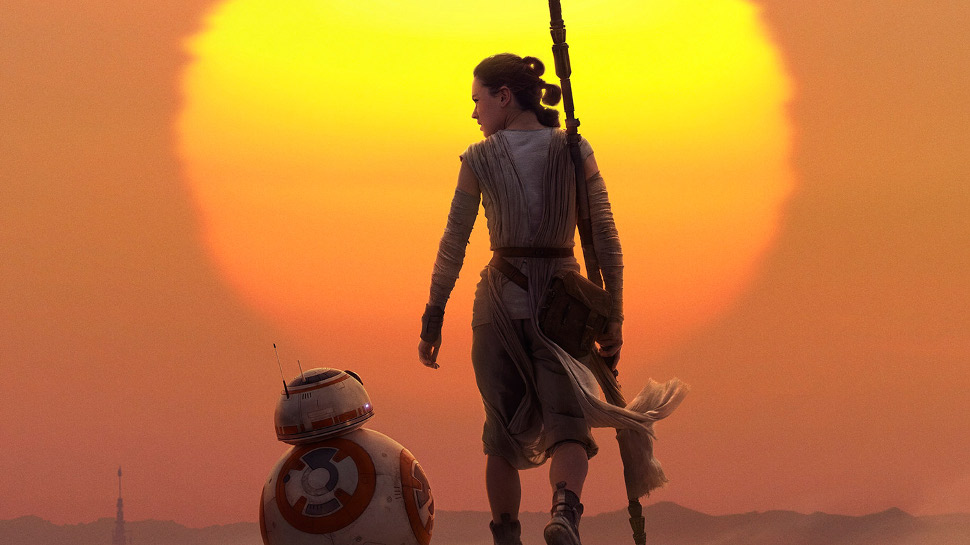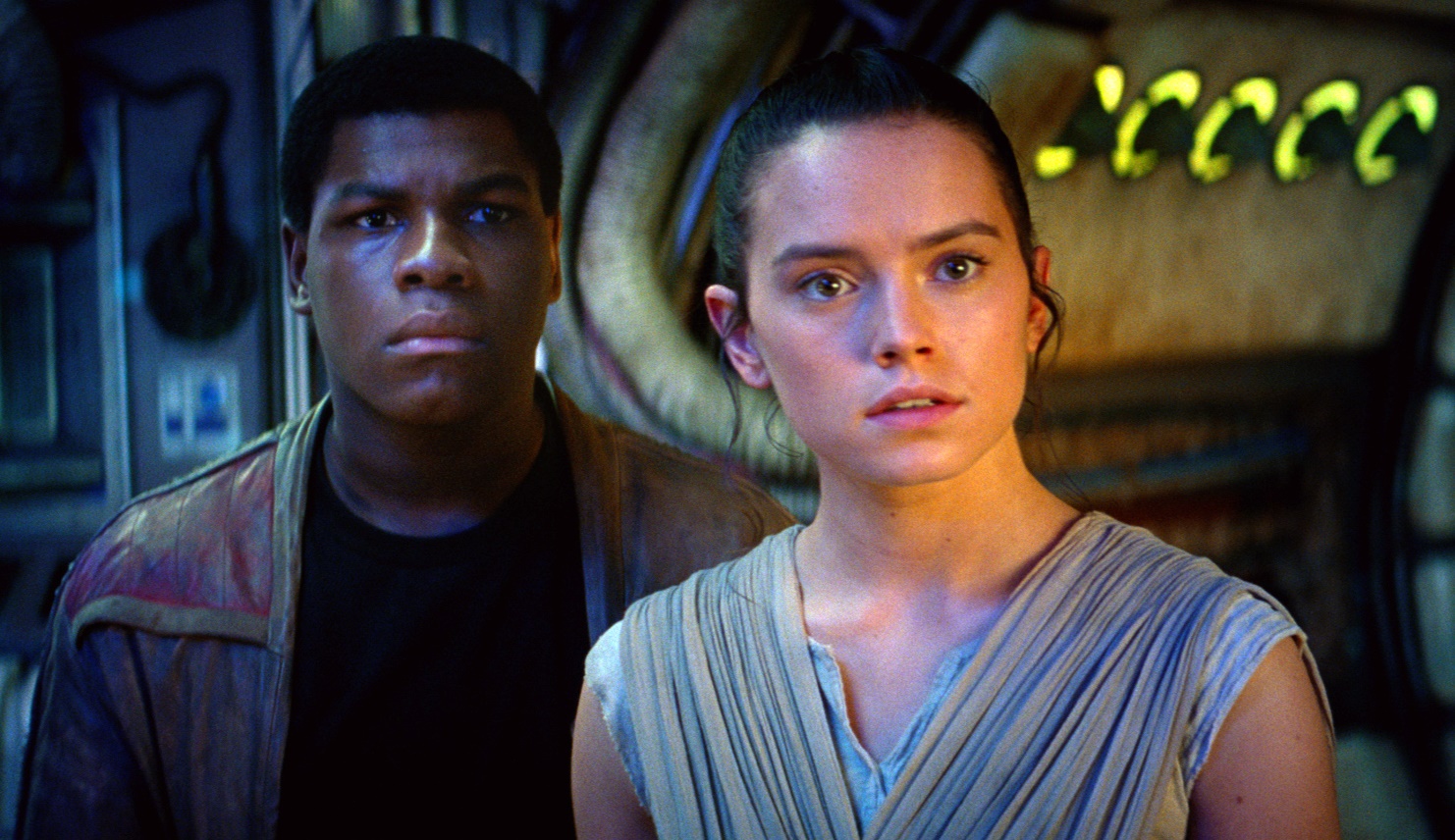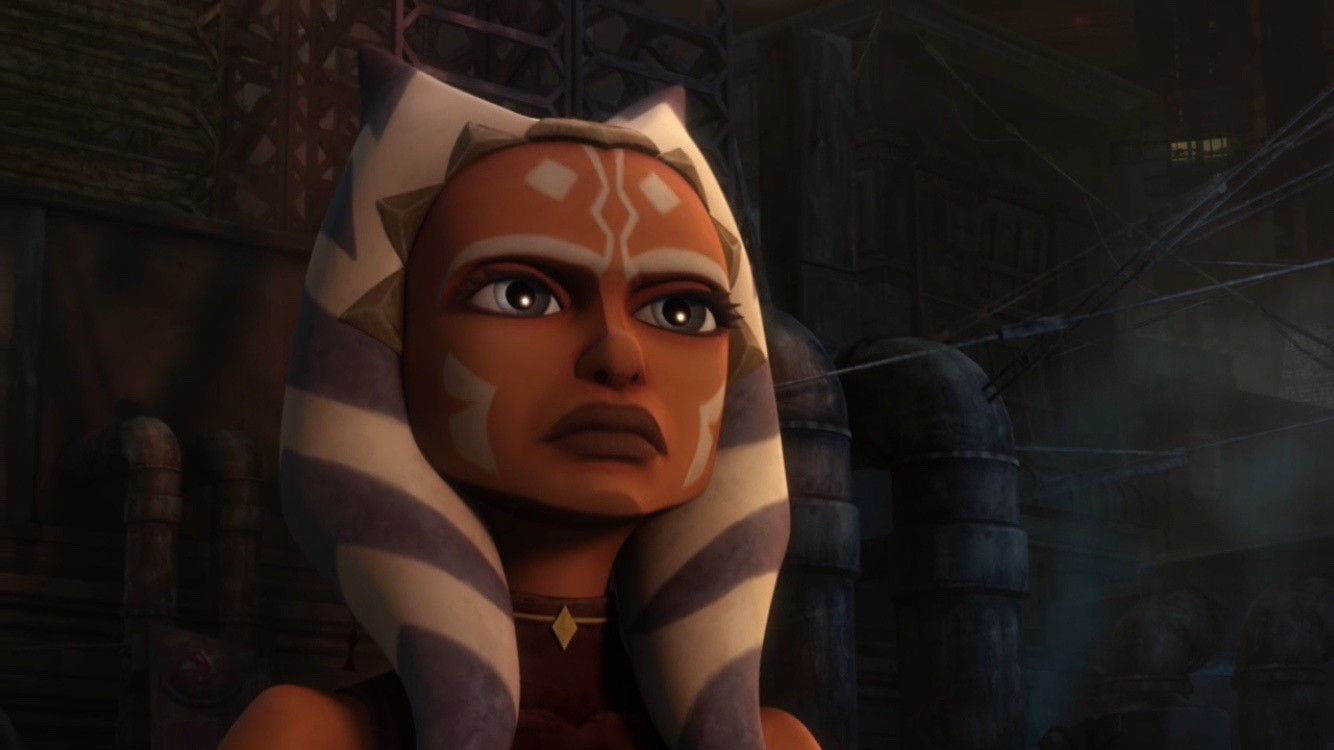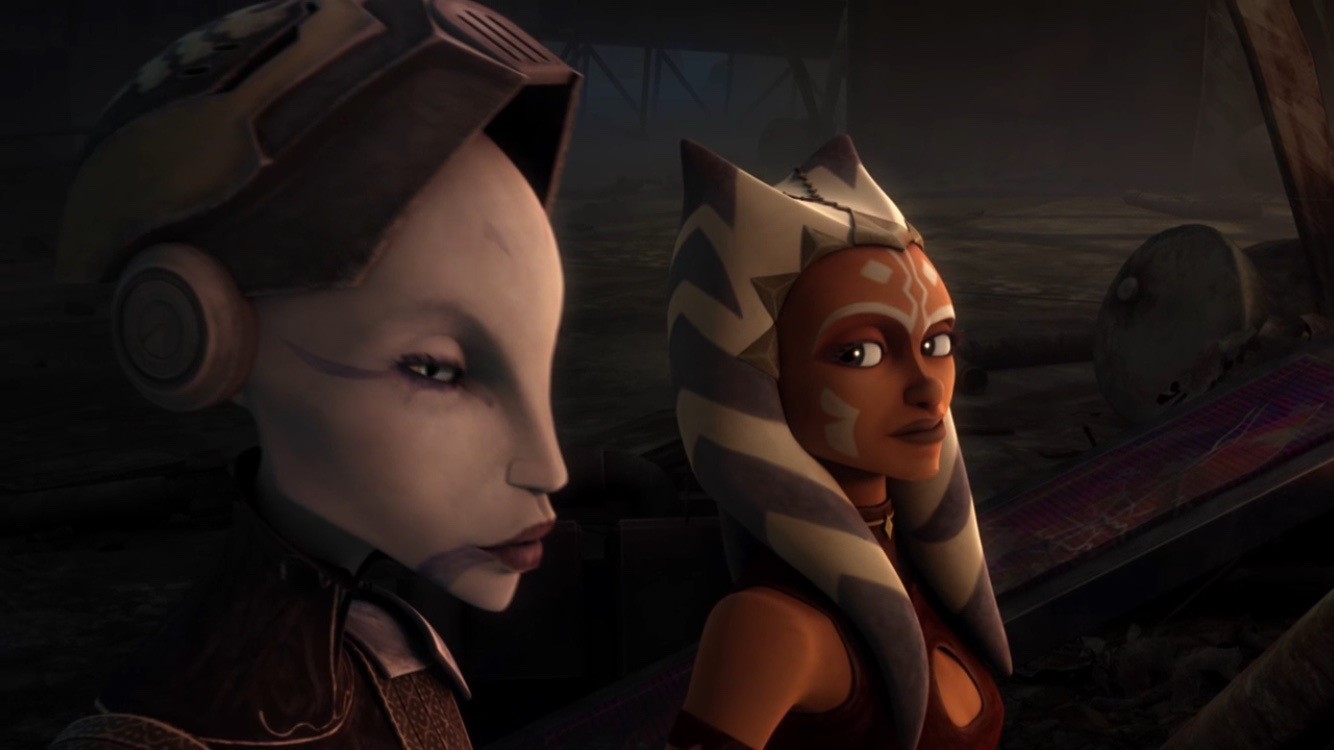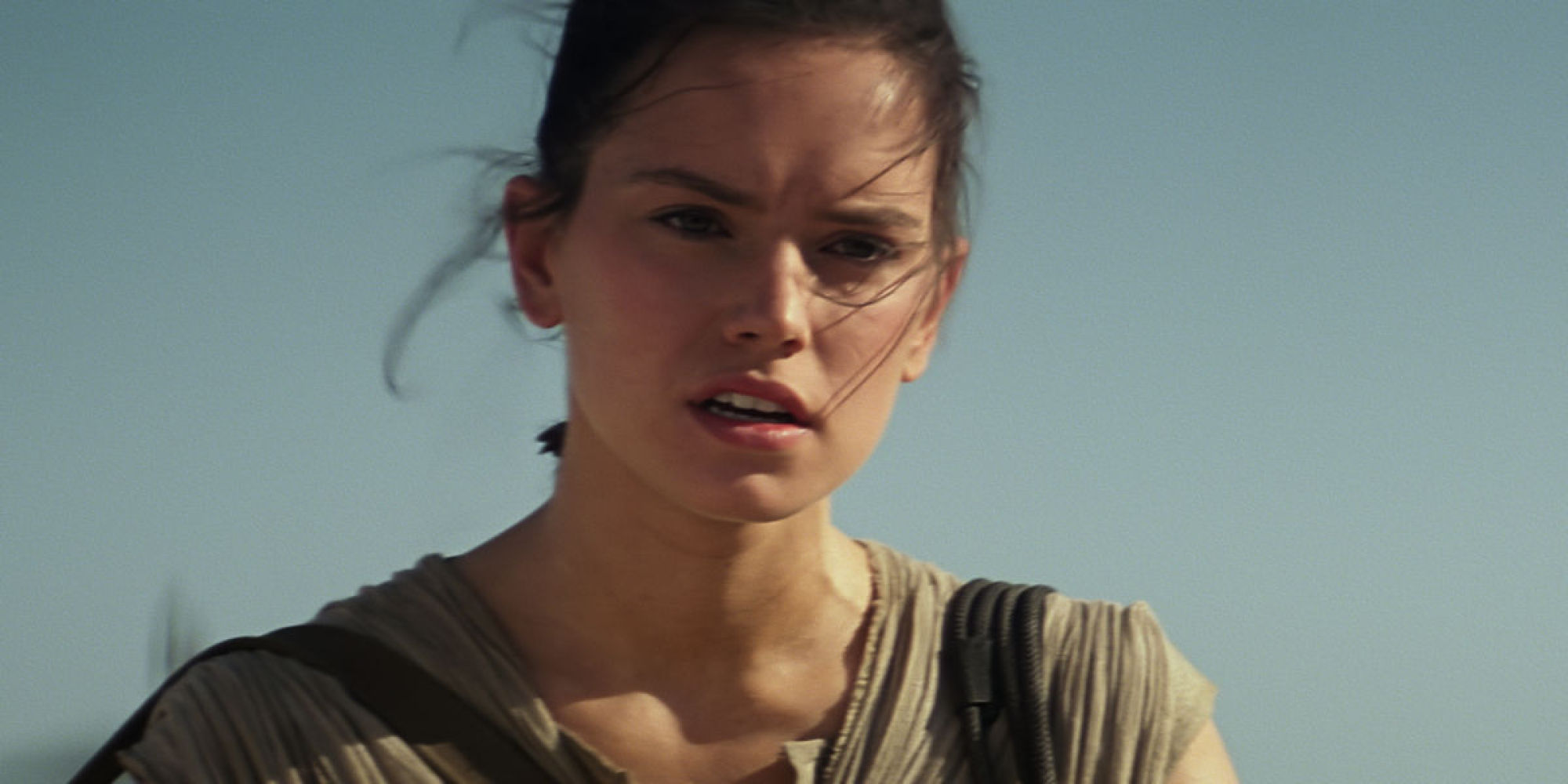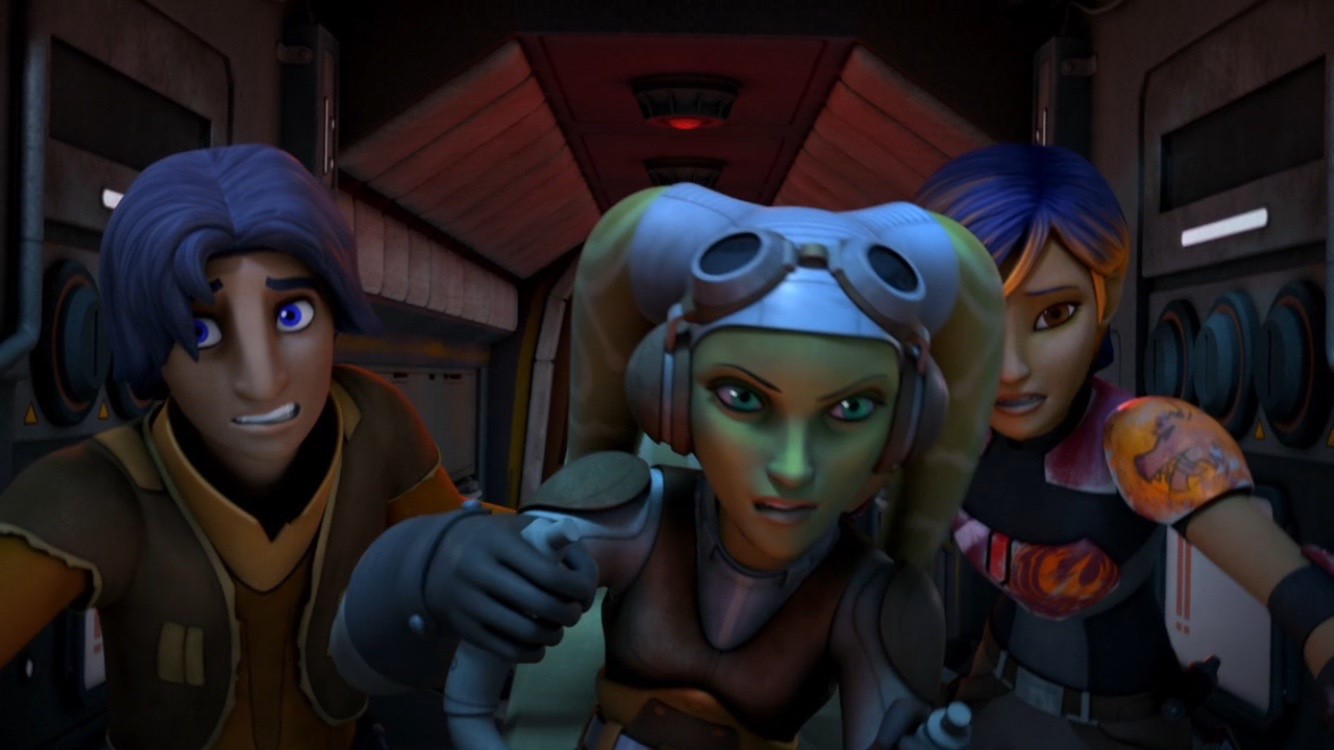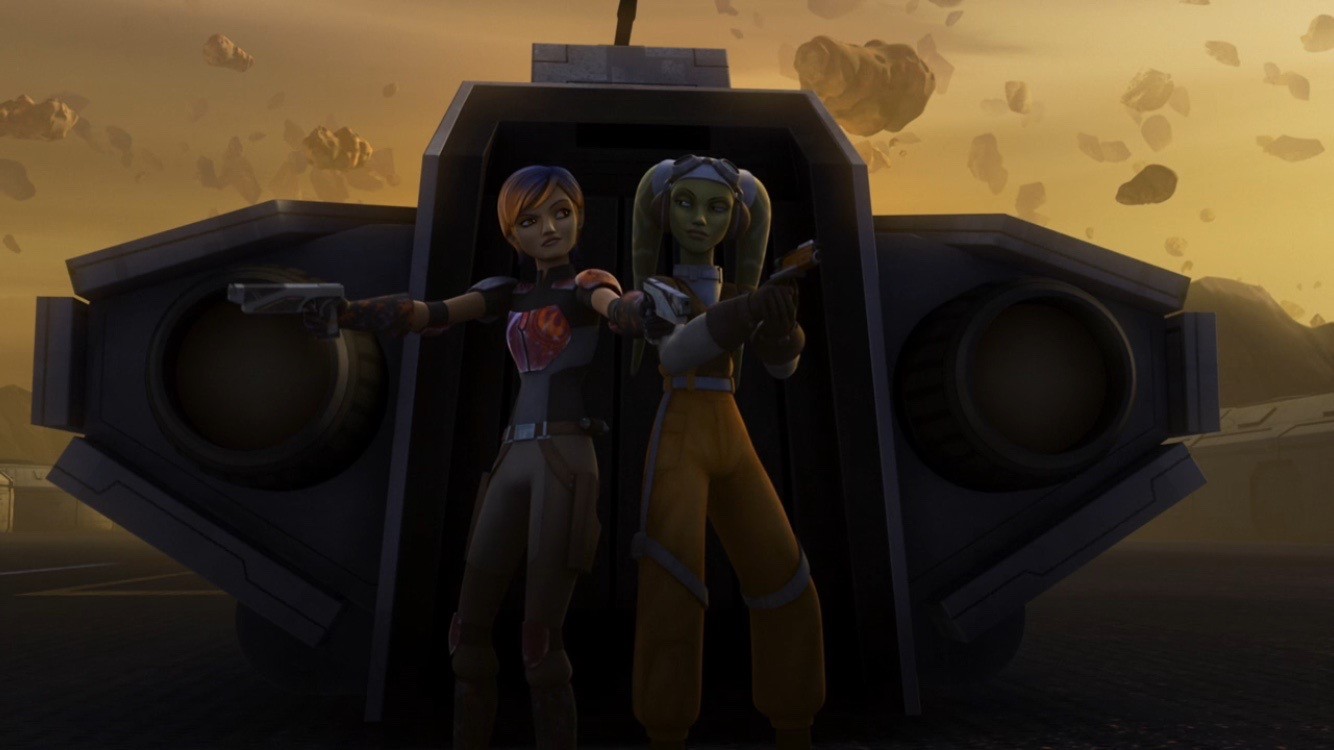10. Lilo & Stitch, Moana, and Disney’s Representation of Indigenous Peoples by Emma Casley
…The 2002 film Lilo & Stitch features sisters Lilo and Nani, who are of Indigenous Hawaiian descent as two of the central characters. Looking at Lilo & Stitch can provide a valuable lens in which to analyze the upcoming Moana, as well as other mainstream films attempting to represent Indigenous cultures.
Lilo & Stitch has been heralded as a film that avoids many of the harmful stereotypes of Polynesian culture that so many other white-produced works perpetuate. However, it is also worth considering how Lilo & Stitch as a film exists in the world, beyond the content of its storyline. Regardless of its individual merits, Lilo & Stitch is a money-making endeavor to benefit the Disney Company, which has not always had the best relationship (to say the least) with representing Indigenous cultures or respecting Indigenous peoples.
9. How Anime Produced Two of the Best Interracial Love Stories of All Time by Robert V. Aldrich
Two of the greatest love stories in anime are interracial relationships. … While the industry as a whole generally eschews characters of color, that hasn’t stopped some series from featuring prominent people of color characters in narratively significant stories. This has led to interracial couples being featured in two of the greatest anime series of all time: The Super Dimension Force Macross and Revolutionary Girl Utena.
8. A Love Letter to Dr. Callie Torres on Grey’s Anatomy by Cheyenne Matthews-Hoffman
GLAAD reported LGBT representation on scripted broadcast television that year at a measly 1.1%. Against a backdrop of a television landscape lacking in queer representation (especially queer women of color) emerged Callie Torres’ anxious and exciting adventure of self-discovery. … Callie Torres is a fully fleshed out resilient, sensitive, complex, and unapologetic bisexual Latina woman. … Callie’s journey was an iconic one that helped to not only change television, but to cement the oft forgotten notion that bisexuality is very real.
7. Interracial Relationships in Star Wars: The Force Awakens: The Importance of Finn and Rey by Sophie Hall
To have a Black character like this to not only be the co-lead in an iconic franchise but to also include him in a healthy, positively portrayed relationship with a white woman is a brilliant statement. Finn and Rey can be just as adventurous as William Turner and Elizabeth Swan, bicker as much as Ron Weasley and Hermione Granger, wax as poetic as Aragorn and Arwen and take as many names as Rick O’Connell and Evy Carnahan. Finn and Rey’s difference in race doesn’t put any limitations on what this couple can and do achieve.
6. Beware the Sexist Celluloid Quilt that Is Nocturnal Animals by Katherine Murray
The most generous interpretation of Nocturnal Animals is that it mimics the conventions of sexist storytelling in order to criticize them. If that’s the case, the criticism is buried too deep for me to see it and I’m left with the feeling that Tom Ford’s second feature film is a love letter to sexist movies instead. … Like a lot of sexist stories, Nocturnal Animals is vague about its attitude toward women, because it doesn’t truly regard women as anything but objects – things that derive meaning only through their relationship to the real subjects, men.
5. The Girl on the Train: We Are Women, Not Girls by Sarah Smyth
Perhaps the depiction of “the girl” in The Girl in the Train will reassure my fears by allowing the woman to literally “grow up” on-screen. Yet, the title makes me very pessimistic. Presenting women as “girls” continues to fetishize women’s powerlessness in cinema. By situating this girlhood in a similar way to the male fantasy construction of the Final Girl, and by enforcing an infantilizing return to post-feminism’s “girliness,” these films offer ultimately disempowering images of female subjectivity.
4. Supernatural‘s Scariest Monster: Bisexual Erasure by Hannah Johnson
I won’t spend too much time trying to convince you that one of the main characters, Dean Winchester (Jensen Ackles), is bisexual — or would be, if the writers and producers would allow him to be — and that the show is queerbaiting. I’m not arguing that Dean Winchester counts as representation at this point. Queerbaiting absolutely does not count as representation for marginalized sexual orientations. What I am arguing is that queer people do not need a character’s sexuality to be canonized in order to identify with that character and recognize literary tropes that are generally used to align characters with queerness.
3. Let’s All Calm Down for a Minute About The Hateful Eight: Analyzing the Leading Lady of a Modern Western by Sophie Besl
In an action movie, violence is due to befall all characters. Is violence against any female character inherently woman-hating, inherently misogynist? … It’s possible that subconscious sexism makes people quick to see her as a victim, and then criticism of the trope of women as victims may be getting in the way of seeing the agency and complexity of a character like Daisy Domergue.
2. Who Controls the ARQ in the Time Travel Sci-Fi Thriller? by Katherine Murray
The characters are thrown into an adrenaline-fueled, confusing, science-fiction quest from scene one. They don’t have time to make anything more than impulsive decisions, there’s a plot twist every time they think they know what’s going on, and every double-cross turns out to be a double-double-double cross instead. The story doesn’t always make sense, but it’s a wild ride that holds your interest from beginning to end.
1. The Women of Deadpool by Amanda Rodriguez
The newly released Marvel “superhero” movie Deadpool is more of a self-aware, raunchy antihero flick that solidly earns its R rating with graphic violence, lots of dick jokes, and a sex scene montage. It mocks the conventions of the genre while still giving us its warped version of a superhero origin story, a tragic love story, and a revenge story. Basically, it’s a good time. While Deadpool is entertaining, self-referential, self-effacing, and full of pop culture references, how does it measure up with its depiction of its female characters? The movie sadly does not pass the Bechdel Test. However, there are four prominent female characters worth further investigation.
